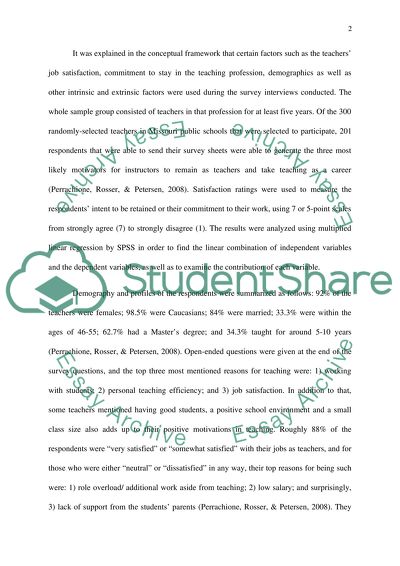Article Critique: Why Do They Stay Elementary Teachers' perceptions of Essay. Retrieved from https://studentshare.org/education/1454904-article-critique
Article Critique: Why Do They Stay Elementary Teachers' Perceptions of Essay. https://studentshare.org/education/1454904-article-critique.


